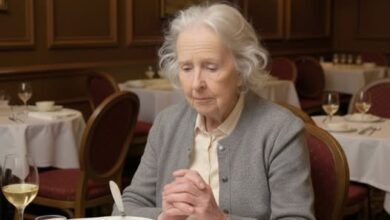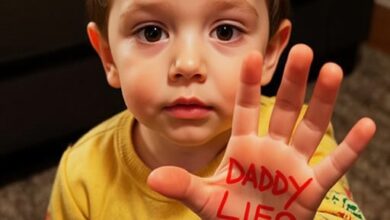Uncategorized
The History and Origins of Halloween

Halloween, celebrated on October 31st, is one of the most popular and widely recognized holidays in the world. With its spooky costumes, glowing pumpkins, haunted houses, and trick-or-treating traditions, Halloween is a favorite for both children and adults. But behind the candy and decorations lies a fascinating history that goes back thousands of years. From ancient Celtic rituals to modern-day celebrations, Halloween has evolved in remarkable ways.
Ancient Beginnings: The Festival of Samhain
The roots of Halloween can be traced back over 2,000 years to the ancient Celtic festival known as Samhain (pronounced “sow-in”). The Celts lived in what is now Ireland, the United Kingdom, and parts of northern France. For them, the year was divided into two halves: the light (summer) and the dark (winter). Samhain marked the end of the harvest season and the beginning of the cold, dark winter, which was often associated with death.
The Celts believed that on the night of October 31st, the boundary between the living world and the spirit world became thin, allowing ghosts and spirits to return to Earth. Some of these spirits were thought to be friendly, while others were believed to cause mischief or bring harm. To protect themselves, people lit bonfires, wore animal skin costumes, and left out food offerings to appease wandering souls.
The Christian Influence: All Saints’ Day and All Hallows’ Eve
As Christianity spread across Europe, the Church sought to replace or blend pagan festivals with Christian holidays. In the 8th century, Pope Gregory III designated November 1st as All Saints’ Day, also known as All Hallows’ Day, to honor all saints and martyrs. The evening before—October 31st—became known as All Hallows’ Eve, which eventually evolved into Halloween.
Over time, many of the old Celtic traditions were absorbed into Christian practices, but the idea of honoring the dead and protecting oneself from spirits remained at the heart of the celebration.
Halloween Comes to America
Halloween as we know it today began to take shape when Irish and Scottish immigrants brought their traditions to North America during the 19th century, especially after the Irish Potato Famine. The customs of dressing in costumes, carving vegetables into lanterns, and telling ghost stories found a new home in the United States.
One of the most beloved traditions—trick-or-treating—has its origins in several old European customs. In medieval times, people would go door to door on All Hallows’ Eve, offering prayers in exchange for food, often called “soul cakes.” This practice, known as “souling,” eventually evolved into children dressing up in costumes and going door to door asking for candy.
By the early 20th century, Halloween in America had become more community-oriented. Parties, parades, and neighborhood gatherings grew in popularity. Trick-or-treating became widespread by the 1950s, and Halloween became a family-friendly holiday focused on fun rather than fear.
Symbols and Traditions
Many of today’s Halloween symbols have deep historical roots. The jack-o’-lantern, for example, comes from an Irish legend about a man named “Stingy Jack” who tricked the devil and was doomed to wander the Earth with only a carved-out turnip and a glowing coal. Irish immigrants brought this tale to America, where pumpkins, native to the region, became the new lantern of choice.
Other Halloween icons like ghosts, witches, skeletons, black cats, and bats all tie into ancient fears and beliefs about death, magic, and the supernatural.
Costumes have also evolved. While ancient Celts wore disguises to confuse spirits, today people wear costumes for fun, often inspired by pop culture, movies, folklore, or personal creativity.
Modern Halloween Around the World
Although Halloween is most strongly associated with the United States and Canada, many other countries also celebrate it in their own ways. In Mexico, for example, the Day of the Dead (Día de los Muertos) takes place around the same time, honoring deceased loved ones with colorful altars, food, and music.
In the UK and Ireland, Halloween still holds cultural significance, and traditions like bonfires and apple bobbing are still common. Other countries, like Japan and South Korea, have adopted Halloween more recently, mainly as a commercial and social event.
Halloween Today: A Global Celebration of Imagination
Today, Halloween is a blend of ancient traditions and modern creativity. It has grown into a global celebration of all things spooky, magical, and imaginative. From horror movie marathons and haunted houses to pumpkin spice treats and themed parties, Halloween continues to evolve while keeping its roots in the cycle of seasons and the mystery of life and death.
For many, Halloween is more than just a night of costumes and candy. It’s a time to celebrate creativity, face fears with laughter, and bring communities together in a lighthearted and memorable way.




